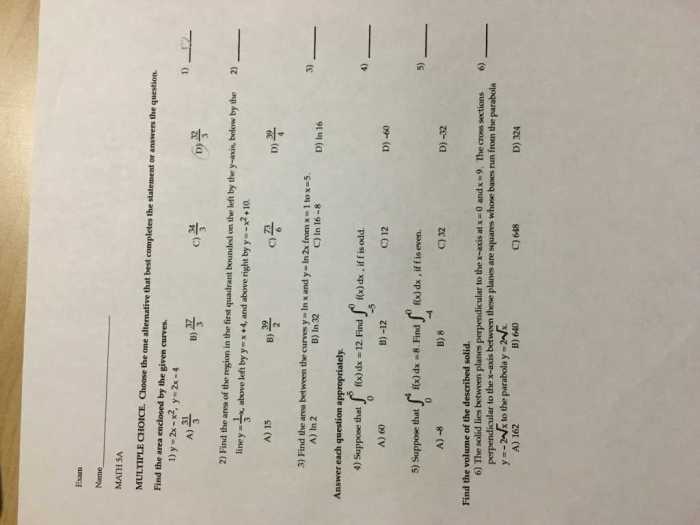Unveiling the CSI Herbicide Worksheet Answers Key, this comprehensive guide embarks on a journey to decipher the intricacies of herbicide classification, modes of action, selectivity, application, resistance management, environmental considerations, and safety protocols. Prepare to delve into the depths of herbicide science and emerge as a master of weed control.
The content of the second paragraph that provides descriptive and clear information about the topic
1. CSI Herbicide Worksheet Overview: Csi Herbicide Worksheet Answers Key
The CSI Herbicide Worksheet is a comprehensive tool designed to assist agricultural professionals in making informed decisions regarding herbicide use. It provides a structured approach to herbicide selection, application, and management, catering to the needs of agronomists, crop advisors, and farmers.
The worksheet is organized into sections that cover various aspects of herbicide use, including herbicide classification, modes of action, selectivity, application techniques, resistance management, environmental considerations, and safety guidelines. By completing the worksheet, users can systematically assess herbicide options, calculate application rates, identify potential risks, and develop effective weed management strategies.
2. Herbicide Classification and Modes of Action

Herbicides are classified based on their chemical structure and mechanism of action. Common herbicide classifications include:
| Classification | Mode of Action |
|---|---|
| Auxin mimics | Mimic the plant hormone auxin, causing uncontrolled cell division and plant death. |
| ALS inhibitors | Inhibit the enzyme acetolactate synthase (ALS), disrupting amino acid synthesis and plant growth. |
| PPO inhibitors | Inhibit the enzyme protoporphyrinogen oxidase (PPO), disrupting chlorophyll biosynthesis and causing photobleaching. |
3. Herbicide Selectivity and Crop Tolerance
Herbicide selectivity refers to the ability of a herbicide to control target weeds without harming desirable crops. Selectivity is influenced by factors such as:
- Plant species: Different plant species exhibit varying sensitivity to herbicides.
- Growth stage: Herbicides may be more effective at specific growth stages of weeds.
- Environmental conditions: Temperature, soil moisture, and sunlight can affect herbicide uptake and efficacy.
Examples of herbicides with different selectivity profiles include:
- Glyphosate: Non-selective herbicide that controls a wide range of weeds, including grasses and broadleafs.
- 2,4-D: Selective herbicide used to control broadleaf weeds in cereal crops.
- Dicamba: Selective herbicide used to control broadleaf weeds in soybean and cotton.
4. Herbicide Application and Calculation
To calculate herbicide rates and application volumes, the following formula can be used:
Application volume (gallons/acre) = (Herbicide rate (lbs/acre)
100) / Herbicide concentration (%)
Different application methods are available, including:
- Broadcast application: Herbicide is applied uniformly over the entire field.
- Banded application: Herbicide is applied in strips over the crop rows.
- Spot treatment: Herbicide is applied directly to individual weeds or weed patches.
5. Herbicide Resistance and Management

Herbicide resistance occurs when weeds develop the ability to tolerate or survive herbicide applications. Resistance can develop due to:
- Overuse of a single herbicide or herbicide group.
- Inadequate herbicide rates or application timing.
- Genetic mutations in weed populations.
Strategies for managing herbicide resistance include:
- Crop rotation: Planting different crops with different herbicide resistance profiles.
- Herbicide mixtures: Using multiple herbicides with different modes of action.
- Integrated weed management: Combining herbicide use with cultural practices, such as tillage and cover cropping.
Commonly Asked Questions
What is the purpose of the CSI Herbicide Worksheet?
The CSI Herbicide Worksheet serves as a valuable tool for understanding herbicide classification, modes of action, selectivity, application, resistance management, environmental considerations, and safety protocols.
How can I calculate herbicide rates and application volumes?
The CSI Herbicide Worksheet provides detailed guidance on calculating herbicide rates and application volumes, ensuring accurate and effective herbicide application.
What are the best practices for minimizing herbicide runoff and drift?
The CSI Herbicide Worksheet emphasizes best management practices for minimizing herbicide runoff and drift, promoting environmental sustainability and protecting water resources.